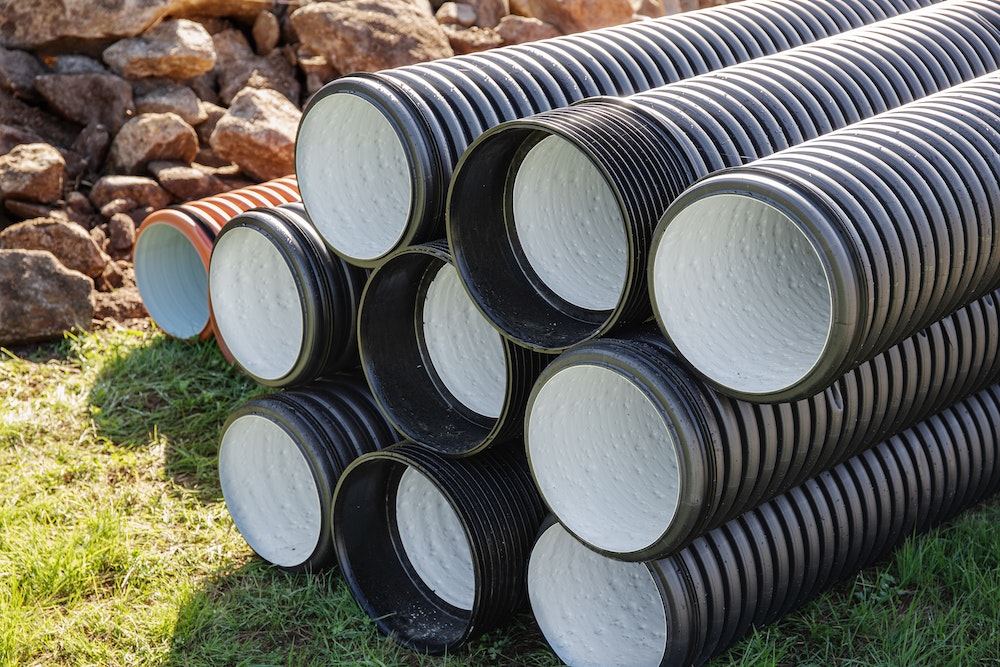What’s the Most Efficient Method for Draining a Car’s Cooling System?

The health of your car’s cooling system is critical to the overall performance and longevity of your vehicle. As part of regular maintenance, you need to occasionally flush the cooling system and refill it with new coolant. In doing so, you eliminate any accumulated rust, scale deposits, and contaminants that could potentially damage your engine. This article will guide you through a step-by-step process on how to efficiently drain and flush your car’s cooling system.
Understanding the Cooling System
Before we can delve into the process of draining the system, it is crucial to understand what the cooling system does and why it’s essential. The engine of your car generates a large amount of heat when it’s running. If the heat is not properly controlled, it can cause severe damage to the engine components. That’s where the cooling system comes in.
Lire également : How to Prevent Carbon Build-Up in Direct-Injection Engines, Such as in Audi A4?
The cooling system in your vehicle is designed to remove excess heat from the engine to keep it at an optimal temperature. It accomplishes this through a series of components, including the radiator, coolant, water pump, thermostat, and hoses. The coolant, a mixture of antifreeze and water, circulates through the engine, absorbing heat. The water pump then pushes the heated coolant into the radiator, where the heat dissipates.
Signs Your Cooling System Needs Draining
With time, the coolant in your car’s system will become less efficient at controlling the engine’s temperature due to the accumulation of rust and other debris. This can lead to overheating, which can cause severe engine damage. Here are some signs that your cooling system may need a flush:
Avez-vous vu cela : Can Upgrading the Camshaft in a Chevrolet Corvette C7 Stingray Improve Horsepower?
- Overheating: If your vehicle heats up more quickly than usual or overheats, it could be a sign that your coolant isn’t doing its job.
- Discolored coolant: If the coolant in your radiator or coolant reservoir is a rusty color or has particles floating in it, it’s time for a flush.
- Leaks: Coolant leaks are a clear sign that there’s an issue with your cooling system.
Preparing to Drain Your Cooling System
Before you can drain your car’s cooling system, you’ll need a few tools and materials. Here’s what you’ll need:
- A large container to catch the coolant
- A wrench or pliers for removing the drain plug
- New coolant
- Distilled water
- A funnel
- Rags or paper towels for clean-up
Always remember to let your car cool down before you start the process, as the coolant will be hot, and opening the system while it’s pressurized can be dangerous.
How to Drain and Flush Your Cooling System
Draining and flushing your vehicle’s cooling system is a straightforward process, though it does require some time and patience. Here’s a step-by-step guide on how to do it:
-
Locate the Drain Plug: The first step in draining your cooling system is to locate the radiator drain plug. This is usually found at the bottom of the radiator. Place your container under the drain plug to catch the coolant.
-
Open the Drain Plug: Use your wrench or pliers to open the drain plug. Allow the coolant to drain completely into your container. This process may take a few minutes.
-
Flush the System: Once the coolant has been drained, it’s time to flush the system. Fill the radiator with distilled water, then start your vehicle and turn on the heater. Let the engine run for about 10 minutes, then turn it off and let it cool down. Once cool, drain the water from the system.
-
Refill the System: After you’ve flushed the system, it’s time to refill it with new coolant. Using your funnel, fill the radiator with a mixture of half coolant and half distilled water. Start your car again and let the engine run for another 10 minutes with the heater on. This will help circulate the new coolant throughout the system.
Remember, safety should be your priority. Always wait for the engine to cool down before opening the radiator or coolant reservoir. Coolant is also toxic, so it’s important to dispose of the used coolant properly. Check with your local waste disposal facility to see how they want you to handle it.
Maintaining Your Cooling System
Regular maintenance of your cooling system is essential for the health of your car. By periodically draining and flushing your cooling system, you can help prevent overheating and potential engine damage. Moreover, make sure to visually inspect your system regularly for leaks or damages.
Hopefully, with these steps, you’ll be more confident in maintaining your car’s cooling system and ensuring a longer, healthier life for your vehicle. Remember, a well-maintained vehicle isn’t just about cleanliness or aesthetics; it’s about performance and longevity.
The Importance of Using Distilled Water in Your Cooling System
In the process of draining and flushing your car’s cooling system, an essential element you should never overlook is the use of distilled water. Distilled water, unlike tap water, is free of minerals and impurities that can potentially accumulate and cause blockages in your cooling system.
When your car radiator and water pump are exposed to regular water, minerals from the water can deposit themselves within these components. Over time, these deposits can build up, causing your system to work inefficiently, leading to overheating. This is one of the main reasons why it’s recommended to use distilled water when you flush your car’s cooling system.
Using distilled water also helps ensure the effectiveness of your coolant. The coolant’s primary function is to absorb and dissipate heat from the engine. However, when mixed with regular water, the minerals and impurities can dilute the coolant’s effectiveness, causing it to work harder than necessary. This can also lead to premature wear and tear on your cooling system components.
Therefore, when conducting a radiator flush or a coolant flush, always opt for distilled water. It will not only keep your cooling system clean but will also help maintain the effectiveness of the coolant, ensuring your engine remains cool for a longer period.
Completing the Flush and Maintaining Your Cooling System
After you have finished flushing your system with distilled water, the next step is to close your radiator drain and refill your system with a 50/50 mix of coolant and distilled water. The coolant level should be checked and adjusted to ensure it is at the correct level. If the coolant level is too low, your car may overheat. If it’s too high, it could cause pressure build-up that could potentially damage your cooling system.
The final step in this process is to start your car and let it run for approximately 10 minutes. This will allow the new coolant to circulate throughout the system and remove any remaining debris. After this, your coolant system should be in top shape, and the risk of overheating significantly reduced.
However, the process doesn’t end there. Regular maintenance is vital to the overall health and longevity of your vehicle’s cooling system. This includes visual inspections for leaks or damage, checking the coolant level regularly, and scheduling a coolant flush every 30,000 miles or every two years, depending on your vehicle’s recommendation.
Overall, remember that the health of your car’s cooling system relies heavily on regular inspections and maintenance. By simply taking the time to understand and care for your cooling system, you can greatly extend the life of your vehicle and ensure its optimal performance.
In conclusion, the process of draining and flushing your car’s cooling system is not overly complicated, but it is crucial for the overall health and performance of your vehicle. With regular maintenance and using the right tools and materials, you can easily carry out this task on your own and save on the expense of professional servicing. But remember, safety first – always ensure the engine is cool before you start, and dispose of the used coolant responsibly.
